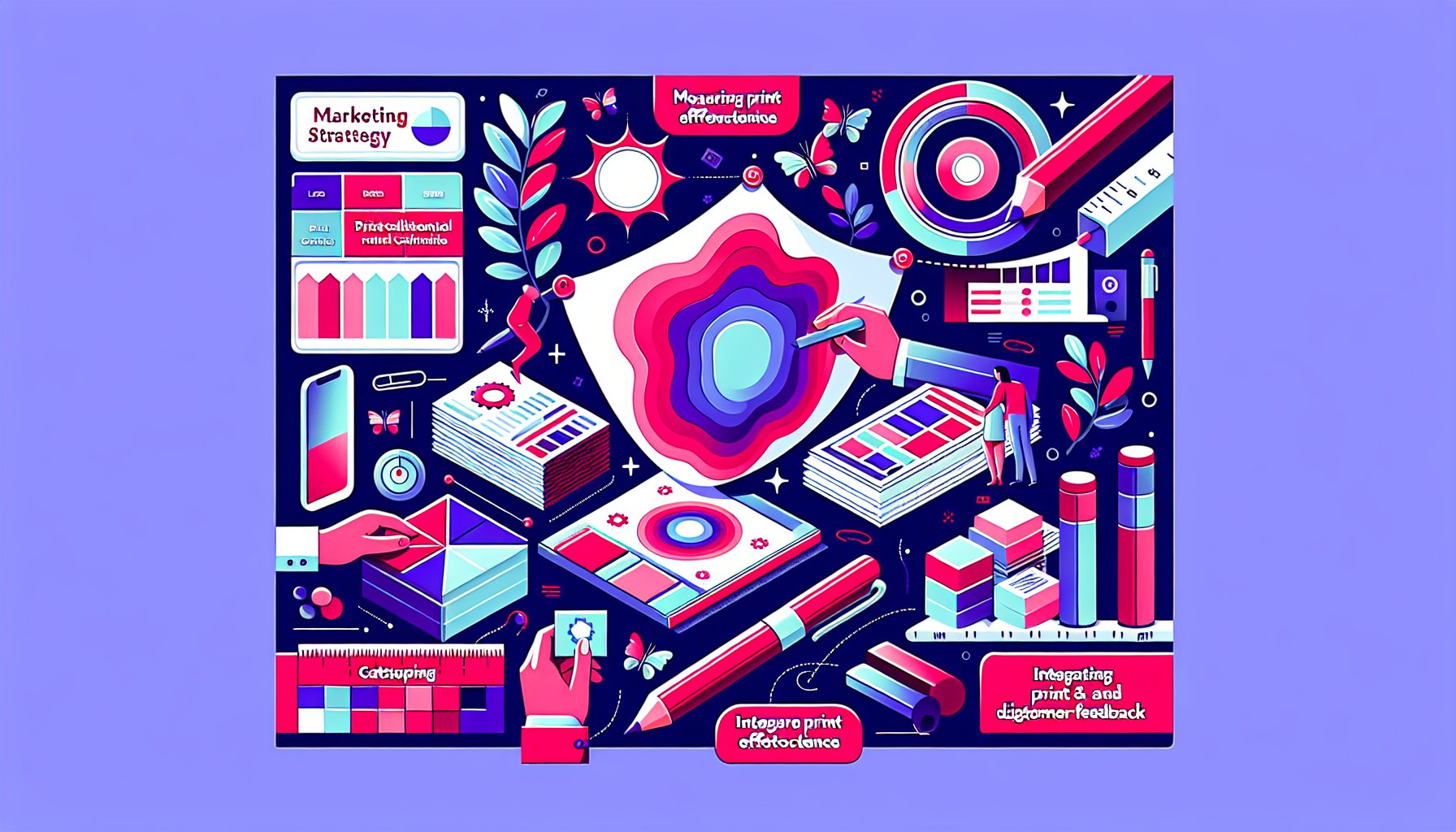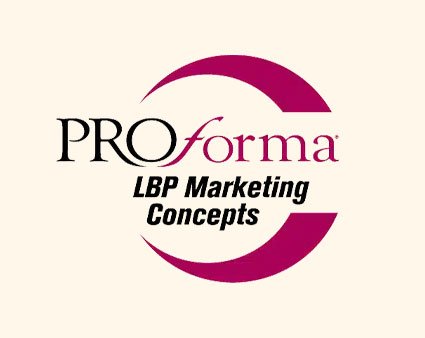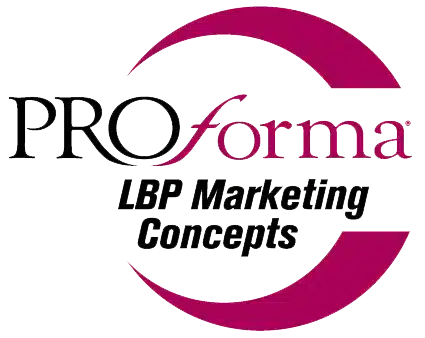Print Collateral
How to Measure the Effectiveness of Your Print Collateral Campaigns
Discover how to measure the effectiveness of your print collateral campaigns. Learn to set clear objectives, utilize tech tools, and gather feedback to maximize ROI and ensure print remains a vital part of your marketing strategy.
Oct 13, 2025
11 min read

TL;DR
Print collateral still plays a crucial role in marketing by creating tangible connections in a digital age. Measuring its effectiveness involves setting clear objectives, integrating with digital strategies, utilizing tech tools, and listening to customer feedback. By understanding and using key performance indicators, companies can maximize their ROI and ensure print remains a vital part of their marketing strategy.
The Tangible Impact: Beyond Dollars and Cents
In a sea of digital chaos, print collateral is like a comforting cup of coffee, it stands out and invites you to engage. While some see it as passé, print actually delivers a sensory punch that digital ads often miss. It’s not just about the dollars; it's about the emotional connection, the trust it builds, and the brand presence it reinforces.
Imagine strolling into an event, and bam, there's a sleek brochure on the registration table. Its glossy finish grabs your attention, the texture of the paper is inviting, and the visuals draw you into a story. Unlike digital content that zooms past in a blur of notifications, this brochure stays with you, turning a moment into an experience. Studies even show that 82% of consumers trust print ads over digital ones, the power of print is palpable.
Consider a local business that married print with digital, using direct mail with QR codes leading to online offers. The result? Increased store traffic and a 30% boost in online engagement. Print isn’t just an old dog; it’s learning new tricks to enhance digital efforts.
And let’s not forget its role as a conversation starter. Whether it's a flyer at a networking event or a business card exchange, print material sparks discussions that digital ads just can't. These interactions can lead to partnerships, collaborations, or sales, outcomes tough to replicate online.
When measuring print campaign success, think beyond ROI. Appreciate the trust, emotional engagement, and human connections print fosters. Integrate these strengths into your overall strategy, and watch as print not only drives results but builds lasting relationships and loyalty.
Setting Sail: Defining Clear Objectives
As your print campaign ship sets sail, let clear objectives be your compass. In a digital world, print still connects with audiences in profound ways. But without specific goals, you risk drifting aimlessly, wasting resources and missing opportunities.
Take the tech startup that wanted to "get the word out" with brochures. Without clear goals, their messaging was all over the place. But once they targeted a 30% increase in product inquiries, their strategy clicked, using content that addressed customer pain points and compelling calls to action. This clarity led to a successful campaign that exceeded expectations.
So, ask yourself: What do you want? More store traffic? Increased online engagement? Make your objectives SMART, Specific, Measurable, Achievable, Relevant, and Time-bound. For example, aim to "increase event registrations by 20% in a month by distributing brochures at industry events."
Don’t forget to track engagement. QR codes or promo codes can provide real-time insight. Consider a café using postcards with discount offers; by tracking promo code use, they gauged campaign success and gathered valuable data.
Align your print objectives with your broader marketing strategy. Print isn't a relic; it should harmonize with digital efforts, enhancing your overall message and maximizing ROI.
In summary, clear objectives ensure your print campaign doesn’t just launch, it sails confidently into new territories with purpose and effectiveness. Print marketing can be a mighty force if guided wisely from the start.
The Metrics That Matter
Measuring print effectiveness is crucial for justifying marketing investments. Unlike digital, where data is abundant, print’s impact can feel nebulous. However, understanding key metrics can illuminate your print campaigns' effectiveness.
Start with clear objectives. Want more website traffic or event registrations? Each goal needs different metrics. QR codes in brochures can bridge print to digital, showing online engagement. Analyzing this data reveals how well your print resonates.
Using personalized URLs (PURLs) in mail campaigns offers another metric. Assessing traffic to these pages gauges print's effectiveness in driving action, creating a direct link between print and behavior.
Track responses through exclusive print offers. Flyers with unique discount codes can measure customer motivation and print ROI. It incentivizes recipients and pinpoints which pieces succeed.
Customer surveys add qualitative insights. Ask what prompted them to reach out, gathering feedback that informs strategy.
By blending quantitative data with qualitative insights, you build a comprehensive view of your print effectiveness. Set clear objectives, employ technology, offer incentives, and solicit feedback. This holistic approach clarifies print ROI and strengthens future campaigns. Print evolves from archaic to essential, delivering remarkable results when measured and optimized.
Feedback Loops: Gathering Input from the Ground Up
Think of feedback loops as tuning an orchestra, each piece of print collateral plays a role, and only by listening can marketers harmonize them for impact. Gathering feedback reveals insights to refine print strategies and achieve success.
Start by using various channels for input. A direct mail campaign could include a call-to-action leading to a survey or landing page for qualitative and quantitative insights. Use social media to engage audiences post-campaign for immediate feedback.
But don’t just gather responses, analyze and act on them. Look for patterns and themes in the feedback. If recipients express confusion, it's a cue to clarify messaging in future prints.
Set regular feedback intervals to stay tuned to audience preferences. Continuous feedback shouldn’t be an afterthought but a rhythm that informs engaging collateral over time.
Beware of focusing solely on positive feedback. Embrace constructive criticism for growth. Cultivate open dialogue where every feedback piece, praise or critique, contributes to your brand’s journey.
Feedback loops are vital for measuring print collateral effectiveness, turning one-way communication into dynamic dialogue. By listening and acting on feedback, marketers can refine strategies, ensuring print resonates and engages target markets effectively. Not just for current campaigns but for future success.
Tools of the Trade: Leveraging Technology to Gauge Impact
In an age of tech, print marketing is embracing innovative tools to measure campaign effectiveness. While print’s allure is undeniable, understanding its ROI and impact is key to competing in today’s landscape. Companies like Proforma LBP Marketing Concepts are integrating technology into print strategies.
At trade shows, your print materials vie for attention amid digital distractions. QR codes and dedicated landing pages track engagement, seamlessly merging print with digital. Scanning a QR code in a brochure directs users to a webpage with more info or offers, enabling marketers to gauge engagement through analytics and track conversion rates.
Integrating customer relationship management (CRM) tools provides insights into print's long-term influence on behavior. Print catalogs connected to CRM systems log interactions, showing which print efforts convert best.
Avoid relying on tech without strategy. Set specific goals to make data meaningful. Without clear objectives, metrics can become a jumble of numbers providing little insight. Establish targeted response rates and conversion goals to give data purpose.
Consider augmented reality (AR) in print for enhanced engagement. Embedding AR in print materials creates immersive experiences that track interactions. Pointing a smartphone at a print ad could lead to a 3D product view or testimonial video, closing the gap between physical and virtual worlds.
By blending art and science, marketers gain insights to elevate campaigns, maximizing impact in a digital-first world. Engaging customers through print while tracking responses through tech ensures print marketing retains relevance amid digital noise.
The Art of Comparison
In marketing, measuring print collateral effectiveness against competitors is crucial. Comparison provides insights to ensure print materials aren’t just appealing, but performing optimally for brands like Proforma LBP Marketing Concepts.
Define key performance indicators (KPIs) such as engagement and conversion rates. If a competitor excels with QR codes in flyers, achieving high scan rates, it could inspire you to integrate the feature. Comparative analysis helps identify areas for improvement, enhancing overall effectiveness.
Study how competitors leverage print for inspiration. Analyze initiatives like eye-catching brochures with well-placed calls to action. These can offer parallels and unique elements to elevate your collateral.
Comparison isn’t about imitation but differentiation. Print amplifies your brand identity, so understand competitor strengths to carve a niche embodying your unique value. If rivals skimp on emotional storytelling, emphasize narratives and testimonials for deeper audience connections.
Comparison is a continuous journey. Marketing evolves alongside consumer preferences. Regularly analyzing your print collateral against competitors keeps you agile and informed, allowing for effective adaptation and innovation. Comparative analysis ensures print campaigns meet benchmarks and set new standards for engagement and effectiveness.
The Synergy Effect: Integrating Print with Digital Campaigns
In the digital glare, print’s tactile power is often neglected. Yet, Proforma LBP Marketing Concepts shows how integrating print with digital amplifies brand visibility and deepens engagement.
Consider a retail chain revitalizing marketing with print catalogs and online video. Print captures attention; digital offers immediacy. QR codes in catalogs link to videos, bridging print's sensory experience and digital's dynamism, boosting online sales by 25%.
Challenges arise when failing to allocate resources to both strategies, leading to disjointed messaging. A print marketing agency like Proforma ensures brand integrity across channels, maximizing effectiveness.
Approach with clear objectives. Drive traffic to a page or build loyalty through experiences? Print lends impact to storytelling, expanded through digital.
Track integrated campaigns' effectiveness with new metrics. Personalized URLs gauge engagement as customers transition from print to online.
Print’s tactile nature steers emotional engagement; digital propels action. Together they weave a multi-dimensional narrative, ensuring your brand captures attention, drives engagement, and fosters loyalty. As print and digital lines blur, embracing synergy ensures your brand thrives.
Stories from the Field
In print marketing, real-world case studies highlight print's creativity and impact. Proforma LBP Marketing Concepts, known for leveraging print innovatively, tells one compelling story.
Proforma LBP launched brochures for a health and wellness expo, aiming to attract booth attendees amid competition. They crafted brochures with QR codes linking to exclusive content, bridging print and digital experiences.
They set objectives, boost booth traffic and mailing list sign-ups. Brochures sparked conversations and guided offerings. By event’s end, booth traffic rose 40%, with a 30% QR scan rate leading to online interactions.
Tracking unique promo codes within brochures, they correlated print efforts to sales, solidifying ROI. This strategy enhanced engagement and provided data to refine campaigns.
Clients praised the brochures' professionalism, equating them with Proforma LBP's services. As businesses balance digital and print, Proforma LBP showcases print's potential. Creative strategies and tangible metrics prove print thrives in an increasingly digital landscape.
The Pivot Point: Analyzing What Works and What Doesn’t
In print campaigns, the real challenge is analyzing impact. The pivot point is where insights become action, unveiling what resonates and what needs adjustment, transcending mere numbers for meaningful connections.
Take a company launching a brochure for a new service. Initial excitement didn’t lead to inquiries. The marketing team explored deeper, tracking landing page responses and promo code inquiries. Data revealed engagement and demographic insights, targeting receptive audiences for future campaigns.
Print adds nuance; emotions and impressions are harder to measure than clicks. Qualitative analysis via surveys offers why a piece resonated, or didn’t.
Pivot points transform data into strategy, prompting questions and deeper understanding while keeping innovation doors open. Feedback loops from successes and failures inform not only current campaigns but future initiatives.
Successful print campaigns hinge on quantitative and qualitative data interplay. Pivoting based on insights gained sets foundations for brand loyalty and resonance. Embrace print measurement complexities to forge audience connections, ensuring marketing strategies remain impactful.
Crafting the Road Ahead: Future-Proofing Your Campaigns
In a world where digital trends shift with the wind, future-proofing print campaigns is essential. Print’s ability to create tangible connections makes it vital, but adapting to consumer behavior and technology is crucial.
Integrate print with digital for future-proofing. A successful event organizer blended brochures with online content, tracking engagement and creating a seamless experience across channels.
Use data analytics to inform print strategy. Trackable elements like promo codes provide insights into behavior. A retail chain using print catalogs saw an online purchase increase by analyzing code redemptions.
Sustainability shapes consumer preferences. Align print with eco-friendly practices to enhance loyalty, resonate with values, and showcase commitment.
Embrace innovation like augmented reality in print. AR in brochures creates immersive experiences, blending physical and virtual worlds, capturing attention and elevating print’s perceived value.
Fostering resilience in changing landscapes requires adaptability. Encourage innovative thinking within your team to stay ahead of trends. Future-proofing isn’t just surviving but thriving with integrated efforts, analytics, sustainability, and new technologies. Print’s tactile and personal touch remains invaluable in a virtual world.

Need Help?
Check out these related products that can help:








